Boon-docking Up North
We love boon-docking – staying out somewhere in a lonely spot, all by ourselves, enjoying the peace and beauty of whatever Nature happens to surround us. Sure, it’s free (and that’s cool), but the cost-saving is not the point. It’s the quiet and solitude that make boon-docking our preferred camping method. Often, we find little streams, grand views, deep canyons – all kinds of natural beauty, and all to ourselves.
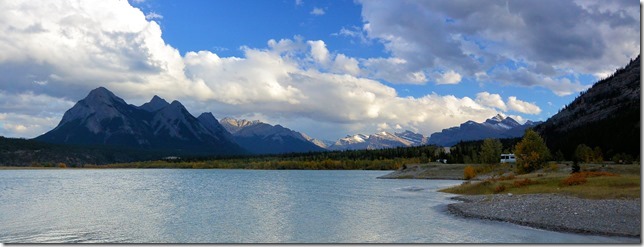
When we were researching our trip, we asked a lot of people if it was easy, or even possible, to boon-dock in Canada and Alaska. We received a bewildering array of responses, literally from “No way, you have to use RV Parks” to “Sure, just pull off the road anywhere you like”. The reality turned out to be – – – all of the above, depending on where we were.
Our experience in actually boon-docking Canada and Alaska was minimal, to say the least. Out of 110 days north of the border, we spent only four or five days camped in someplace other than a designated/paid campground or RV Park. Why so few “wild” days? Many reasons, but it seems to boil down to a few essentials: Familiarity, Access, and Time.
FAMILIARITY — First of all, we had to get used to the non-familiar factor. After decades of travel and camping in the lower-48, we almost instinctively know where we can go and stay for a night, or several. But in Canada for sure, and Alaska to some extent, everything was a lot less familiar. It was never obvious that a side road was A) Private, B) Public, or C) Going Anywhere we would want to stay. Here’s a classic example (below), Telegraph Creek Road in northern B.C., which cuts off the Cassiar Highway at Deese Lake. See that skinny little brown line going west/southwest? Normally, such a line would be a ripe opportunity for boon-dock sites. But we drove the entire 70 miles (in Ralph) and never saw an “inviting” place to bring Howie. There were few pullouts of any kind, and most were either obviously private, or simple deep-forest road cuts with no aesthetic appeal.

As another example, there are many logging roads in northern B.C. But, even if we managed the traffic issues (see ACCESS next), did those roads go anywhere we wanted to be? Just being out in the woods, with lumber trucks zipping back and forth, did not necessarily constitute a desirable boon-dock experience.
I read a post from the Wynn’s (sorry I don’t have the link), where they happened to chat up some locals and got a tip to a cool boon-dock spot on a nearby shoreline of the Turnagain Arm in the Hope area. Now THAT is a great boon-dock experience, but hardly something you can put in your itinerary – it’s just one of those extemporaneous things that comes along with relaxed traveling. We had a similar night, spent on some horse property near Grand Cache. We had a wonderful boon-dock stay, just from meeting a local guy on a hike (Thanks again, Mark).
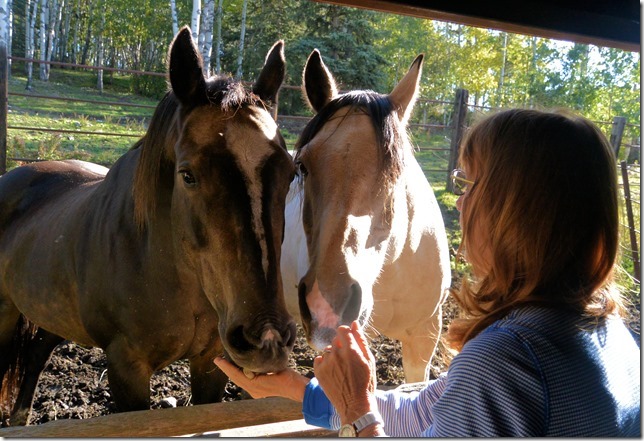
Such serendipitous encounters are wonderful, but not frequent. And so it was that most of the time, we stayed in places we “understood”, and could count on being there at the end of a traveling day, without a lot of exploration.
ACCESS — In the American West, literally thousands of roads and tracks have been carved into the landscape. During the 1800’s and 1900’s, “ecology” was an un-known word, and mining and lumbering drove exploration. In most places in the West, you can find a road, or many roads, to take you with fair ease into new places and scenes. Looking at a detail map of any western state will usually show a spider-web lattice of criss-crossing access roads. Some are great, some are 4×4 only, and some have gone away since the maps were created. But there’s still a LOT of ways to get into the back country (wilderness areas excepted of course).
Here’s an example, in Arizona on the north rim of the Grand Canyon. Many of these roads, both solid-line and dotted-line, lead to campsites, and some sites have Canyon views right out Howie’s windshield!! Phenomenal area.

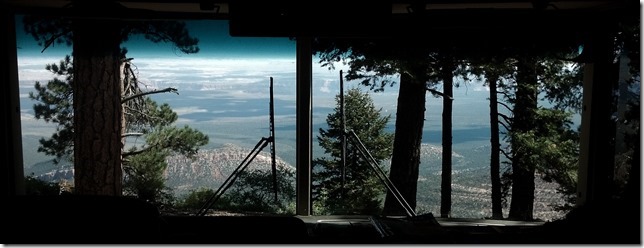
In Canada and Alaska, detail back-country maps show – – – almost nothing. We found that there are very few access roads, and many of them are quasi-private, traveled by lumber trucks on a mission to deliver the goods. The big trucks on the logging roads in B.C., for example, talk to each other on designated channels in cryptic language. If you’re not on the frequency and fluent, you can have a nasty encounter on a narrow road with an eight-foot-wide double-trailer truck full of two-ton logs.
Then there’s the reverse-access issue. If we wanted to explore Homer, for example, there simply was no opportunity to boon-dock any reasonable “commute” distance from the Homer area. There are many places where this is true. We simply had to pay for a site nearby the town or area we wanted to investigate. (Not that our beach-side perch was anything to gripe about.)
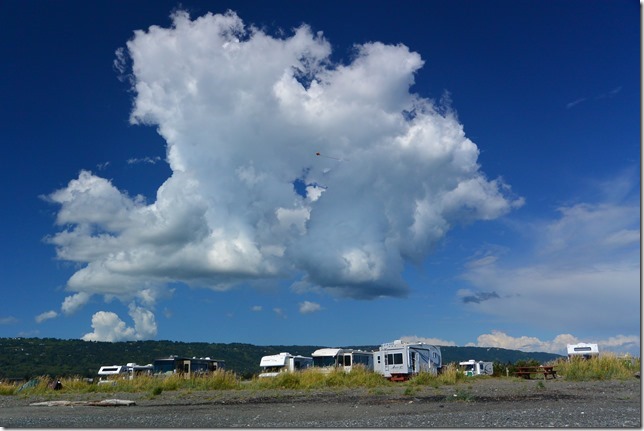
TIME — Four months’ traveling sounds like a lot (and it is), but it wasn’t nearly enough to do justice to the distances we covered. We put a combined total of 14,000 miles on two vehicles, 100 miles average per day. Really, we were either moving from place to place, or driving/hiking around exploring wherever we were, on any given day. In the overall scheme of things, we made very little time to drive around simply for the sake of finding a camp site. And the fact is, whenever and wherever we are in a “foreign land” it takes a lot of time – sometimes many hours – to ferret out a legal, safe, and (hopefully) interesting place to stay.
In addition to all of the above, we often found that a lot of really nice camping spots had already been allocated to campgrounds, such as Boya Lake in northern B.C., or the beach on the spit near Homer, Alaska (above). The question was ever-present: Why would we spend a lot of time and effort, traveling on iffy roads that might be dead-ends, to go camp perhaps in some austere gravel pit, or a plain, scene-less forested clearing — when we could drive a short, flat road, pay a small fee, and have the soothing vistas of a lake, stream, or ocean, often right out our front window.
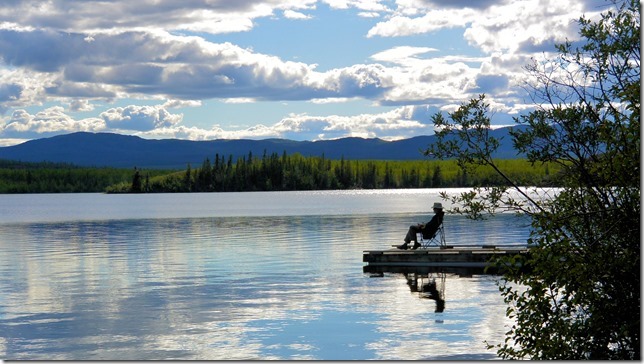
Even with so little boon-docking, we thoroughly enjoyed our Northern travels and we will definitely go back for more of those vast wild regions to see and explore. But with all this said, we sure did miss our boon-docking peace quiet, and solitude. Much of the time we were camped in nearly full campgrounds, and we repeatedly had our share of noisy neighbors. On the few occasions when we had a campground or boon-dock site to ourselves, we were reminded how blissfully peaceful such evenings can be.
Now that we better understand “the lay of the land”, on our next trip up North we will be better prepared. Good maps and local knowledge are key to good boon-dock sites, and we will allocate plenty of time to do our research and exploration. Also, on our next trip, we’ll plan to spend less time traveling and more time parked. This strategy has always been the best for us. Spending a lot of time to find a good camp site is paid back with many days there to enjoy it, while making side trips to explore the surrounding area.
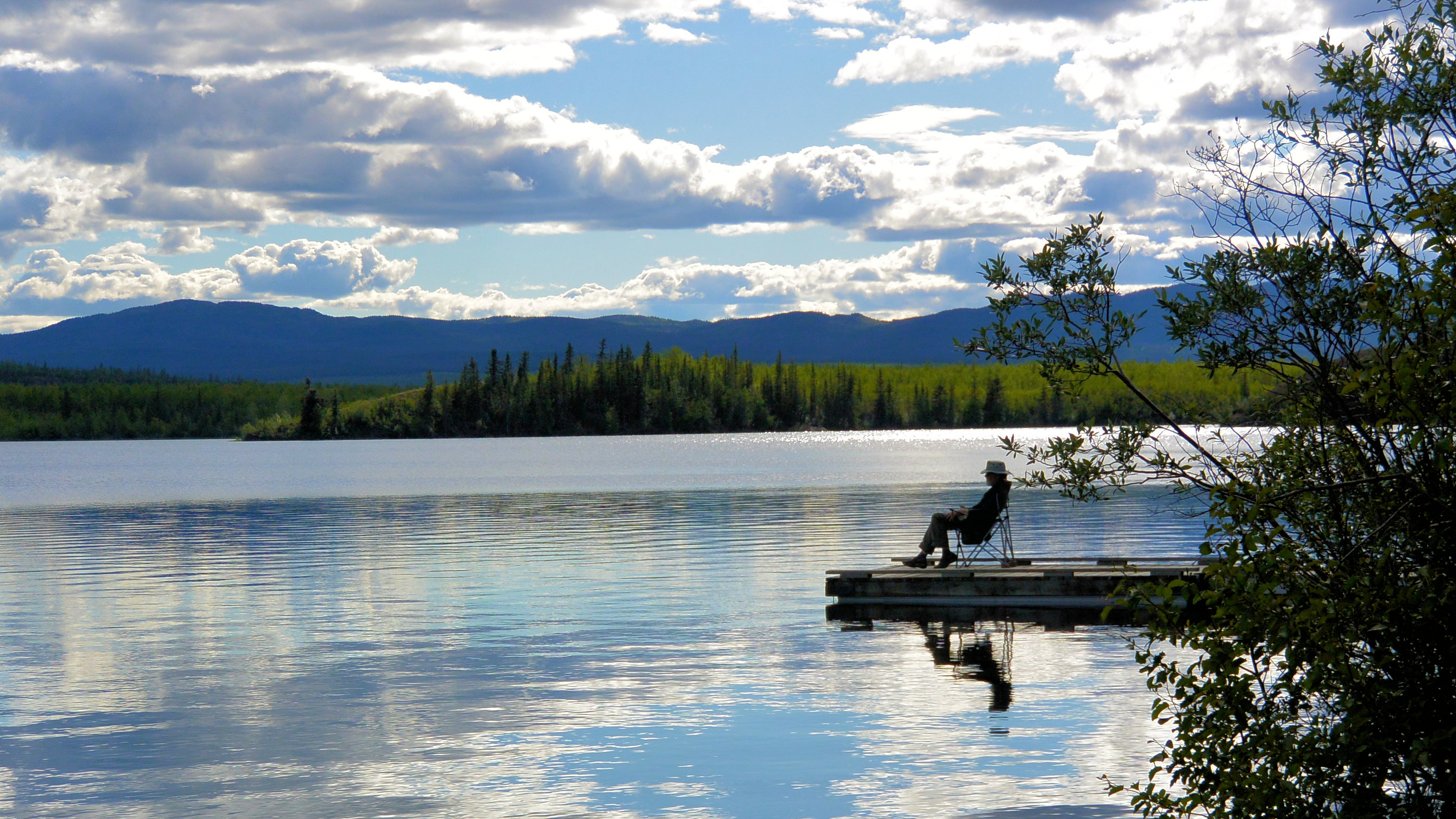
Great info Greg..consider using it when I go up North..hopefully next year..
with my little Sprinter RV..
tony sr
Tony, I think you’ll find that your little class-B can find a LOT more places to camp than I can find with my 28-foot class-A box.